Is Accumulated Depreciation an Asset? How To Calculate It
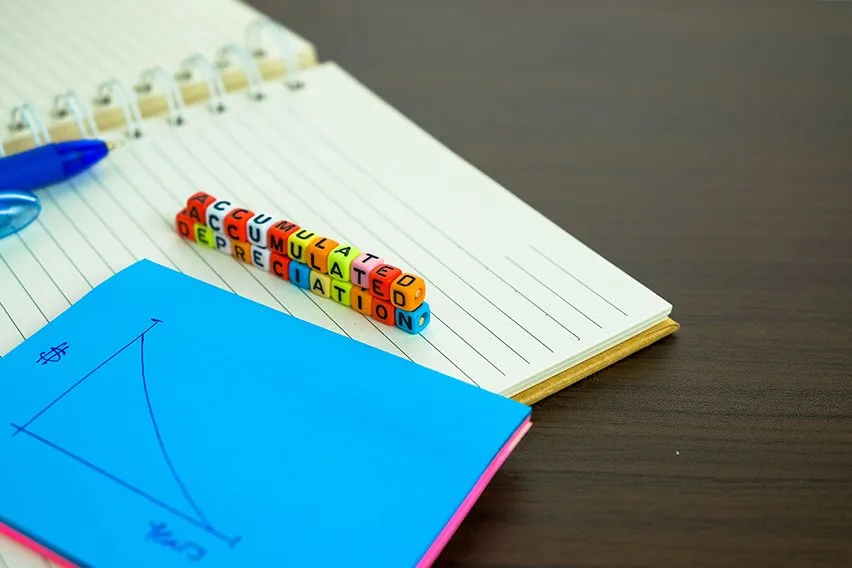
Buildings, vehicles, equipment, and other fixed assets are key to running a business, but their use also comes with wear and tear. Almost all of these fixed assets (except land or goodwill, which have indefinite useful lives) have a useful life, usually measured in years.
Useful life is the period this fixed asset will be used in a company’s operations to produce revenues. For example, a delivery truck can have a useful life of 5 to 10 years.
Depreciation is an accounting method used to allocate the cost of an asset over its useful life to reflect its declining book value.
The fixed asset’s original cost is not reduced directly. Instead, an account called accumulated depreciation records the total decline in the asset’s value over the time it’s used.
Since accumulated depreciation offsets your asset account, it’s considered a contra asset with a credit balance. It records the value of the asset that’s been used to date. We’ll explore what accumulated depreciation is, how to calculate accumulated depreciation, and some examples of common fixed assets where accumulated depreciation is used.
Key Takeaways
- Accumulated depreciation measures the total decline in the value of an asset.
- Accumulated depreciation is neither an asset nor a liability,
- There are 6 common methods for calculating the depreciation of fixed assets.
- Accumulated depreciation is recorded as a credit on the balance sheet.
- Some assets that use accumulated depreciation are buildings, vehicles, and equipment.
Table of Contents
- What is Accumulated Depreciation?
- Is Accumulated Depreciation an Asset?
- Accumulated Depreciation on Balance Sheet
- How To Calculate Accumulated Depreciation
- Accumulated Depreciation Example
- Is Accumulated Depreciation a Debit or Credit?
- Is Accumulated Depreciation an Asset or Liability?
- Is Accumulated Depreciation a Current or Long-Term Asset?
- Conclusion
What is Accumulated Depreciation?
Accumulated depreciation is the total reduction in the value of an asset as of the balance sheet date. When you buy an asset, its cost reflects the asset value. This value decreases over time as the asset is used to produce revenues. Accumulated depreciation refers to the total amount of depreciation incurred to date.
The cost of the asset is allocated over its total expected service life. This amount represents how much the asset depreciates each period. Accumulated depreciation offsets the asset to show its current book value on the balance sheet.

Is Accumulated Depreciation An Asset?
Accumulated depreciation is not an asset itself—rather, it’s an account used to record the cumulative change in the value of an asset. As such, the accumulated depreciation is neither an asset nor a liability.
Although accumulated depreciation doesn’t qualify as an asset, it’s still recorded on the asset section of your balance sheet as a contra asset that reduces the value of the depreciating asset.
Is Accumulated Depreciation a Current Asset?
Accumulated depreciation is neither a current asset nor a current liability. However, it’s still important to record it on your balance sheet under the asset section since it offsets your asset to show its carrying value.
Accumulated Depreciation on Balance Sheet
Fixed assets are recorded on the balance sheet at historical cost. The asset is not reduced directly. Instead, the cost is allocated over its useful life. Depreciation expense is recorded each period to reflect the decline in value. Accumulated depreciation is the amount of total depreciation of all the company’s fixed assets as of the balance sheet date.
A machine purchased for $15,000 will show up on the balance sheet as Property, Plant and Equipment for $15,000. Over the years the machine decreases in value by the amount of depreciation expense. If the machine has a useful life of 15 years, in the second year, the machine will show up on the balance sheet at the original cost of $15,000, less accumulated depreciation of $1,000. The net amount of $14,000 represents the asset’s current carrying value. The annual depreciation using the straight-line method is calculated as follows:
$15,000 (original cost) / 15 years (useful life) = $1,000
So, the asset’s depreciation shows up in 2 different accounts: depreciation expense, which represents the amount of depreciation for the current period, and accumulated depreciation, which shows the total depreciation amount to date. The assets’ value on the balance sheet is expressed as:
- Cost of asset
- Minus accumulated depreciation
- Equals the book value of that asset.
How To Calculate Accumulated Depreciation
There are 6 common methods for calculating depreciation of an asset. Depending on whether your asset depreciates at a constant rate each year or depreciates based on use, you can choose a steady depreciation formula or an accelerated depreciation formula.
1. Straight-Line Method
The straight-line method is one of the most common ways to calculate accumulated depreciation. This method can be used on assets that depreciate at a steady rate, like buildings. It uses the following formula:
Annual accumulated depreciation = (asset value – salvage value) / useful life in years
The asset value is the original cost of your asset when you first purchased it, the salvage value is its expected value once it’s no longer in usable condition, and the useful life in years is the amount of time that you expect this asset to be usable for your needs.
For example, you purchase a piece of equipment for $10,000, expect it to be usable for 10 years, and expect to sell the parts for $1,000 after 10 years. Subtract the salvage value ($1,000) from the asset value ($10,000) to get $9,000, then divide that by 10 to get an annual accumulated depreciation of $900.
2. Declining Balance Method
Unlike the straight-line method, which assumes a consistent rate of depreciation, the declining balance method delivers an accelerated depreciation rate where depreciation is higher during the earlier years that you own the asset. The longer you own the asset, the lower the annual depreciation rate. The formula for the declining balance method is:
Annual accumulated depreciation = current book value x depreciation rate
The depreciation rate stays the same, but the current net book value changes each year.
For example, you buy a piece of equipment worth $10,000 at the outset and you assume that it depreciates by 20% each year. The current book value for a given year is the net book value up from the previous year minus the accumulated depreciation from the previous year.
Year 1: $10,000 x 20% = annual depreciation of $2,000
Year 2: ($10,000 – $2,000) x 20% = $1,600
These calculations carry on until you reach the salvage value.
3. Double-Declining Balance Method
Like the declining balance method, the double-declining balance method also represents an accelerated rate of depreciation. It starts by using the straight-line method to get the annual depreciation rate, then builds on that with the following formula:
Double-Declining Balance Method Rate = (100% / Useful Life In Years) x 2
Double-Declining Balance Method = Depreciable Amount x Double-Declining Balance Method Rate
The depreciable amount is the outset value of the asset.
For example, you purchase a piece of equipment for $10,000 and expect it to last for 10 years. (100% / 10) x 2 = a double-declining balance method rate of 20%.
Year 1: $10,000 x 20% = $2,000
Year 2: ($10,000 – $2,000) x 20% = $1,600
Continue until you reach the salvage value.
4. Sum of Years’ Digits (SYD) Method
The sum of years’ digits (SYD) method is an accelerated depreciation method where an asset depreciates more quickly in its early years. Its formula is as follows:
Annual Accumulated Depreciation = Depreciable Base x (Inverse Year Number / Sum of Year Digits)
The depreciable base is the outset value of your asset minus the salvage value. If you don’t expect to receive a salvage value, then your depreciable base is the amount that you initially paid for the asset.
The sum of year digits is the sum of all the expected useful years of the asset. If you expect 5 useful years, the sum of years is 5 + 4 + 3 + 2 + 1 = 15.
For example, your $10,000 asset has a 5-year life expectancy.
Year 1: $10,000 x (5 / 15) = $3,333
Year 2: $10,000 x (4 / 15) = $2,666
Continue these calculations until you reach the salvage value or 0.
5. Units-of-Production Method
The units-of-production method is a good option if the lifespan of your asset depends on how heavily it’s used. This is helpful for things like equipment and vehicles, which depreciate more quickly if you’re using them frequently. The formula for this method is:
Annual Accumulated Depreciation = (Number of Units Consumed / Total Units To Be Consumed) x Depreciable Base
Units refer to the total amount of units of output you expect from the asset (for a vehicle, you might expect to drive 100,000 miles, so you would have 100,000 total units.
For example, if you expect to drive 100,000 miles in total and you drove 10,000 miles this year, you would have (10,000/100,000) x the depreciable base to get your annual accumulated depreciation for the year.
6. Half-Year Recognition
In many cases, businesses will purchase an asset partway through the year. The half-year recognition method helps account for years when an asset is only used for part of the year.
In this case, you can use the straight-line method to calculate the annual accumulated depreciation of the asset. Then, instead of assigning a full year of depreciation in the first year, you assign half of that to the first year, and half of that to the final year. All the years in between have a full year of depreciation.
Accumulated Depreciation Example
There are several assets that accrue accumulated depreciation—some of these most common assets include buildings, vehicles, and equipment.
The type of asset determines which formula is best for calculating accumulated depreciation. For example, buildings tend to depreciate at a steady rate under normal circumstances, so a formula like the straight-line method works well.
Other assets, like vehicles and equipment, typically depreciate more quickly under heavy use. In some years you may drive a lot, whereas in others you might put in fewer miles. In this case, a formula like the units-of-production method is better suited for representing the real accumulated depreciation of the fixed asset used.
Is Accumulated Depreciation a Debit or Credit?
Accumulated depreciation is recorded as a credit on your balance sheet. When depreciation is initially recorded as an expense on the company’s balance sheet, the accumulated depreciation is recorded as a credit to offset that expense.
Is Accumulated Depreciation an Asset or Liability?
Accumulated depreciation isn’t an asset or a liability. It’s a way to measure the total change in value of a fixed asset so that you can allocate the asset’s value over its usable life. When you’re recording accumulated depreciation, it’s recorded as a contra asset on the asset side of your balance sheet.
Is Accumulated Depreciation a Current or Long-Term Asset?
Accumulated depreciation is an account with a credit balance, known as a long-term contra-asset account, that is reported on the balance sheet as an offset to Property, Plant and Equipment. The amount of a long-term asset’s cost that has been allocated, since the asset was acquired.

Conclusion
Accumulated depreciation is an important tool for measuring the change in value of an asset. Common assets like buildings, vehicles, and equipment decline in value over their lifetimes, so measuring accumulated depreciation can help you calculate how much of their economic value you’ve used up to the present date.
On your company balance sheet, an accumulated depreciation account is recorded as a contra asset account in the asset section to your fixed asset current book value. The right accounting tools make it simple to track accumulated depreciation. FreshBooks mileage tracker makes it easy to track distance so you can measure accumulated depreciation for quick and seamless tax filing.
About the author
Sandra Habiger is a Chartered Professional Accountant with a Bachelor’s Degree in Business Administration from the University of Washington. Sandra’s areas of focus include advising real estate agents, brokers, and investors. She supports small businesses in growing to their first six figures and beyond. Alongside her accounting practice, Sandra is a Money and Life Coach for women in business.
RELATED ARTICLES


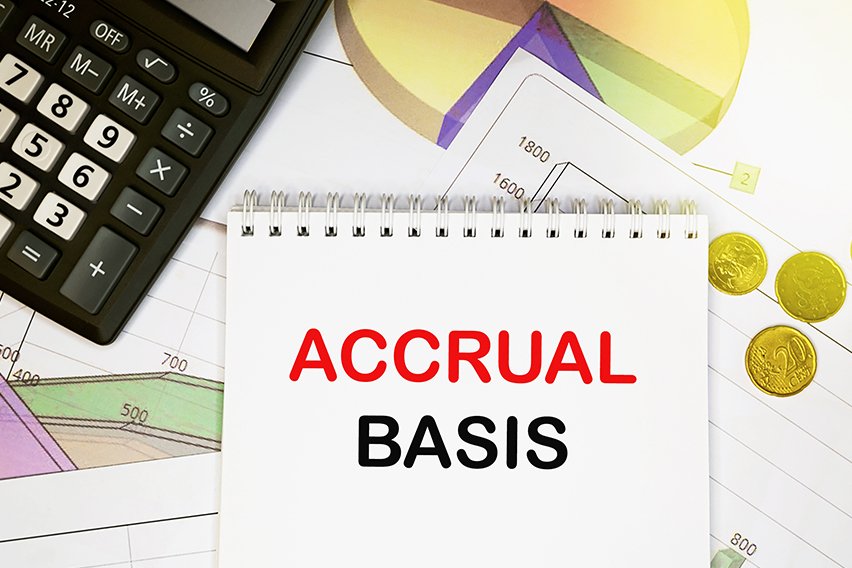 Accrual Accounting: Definition, How It Works, and Examples
Accrual Accounting: Definition, How It Works, and Examples How To Read A Balance Sheet: An Overview
How To Read A Balance Sheet: An Overview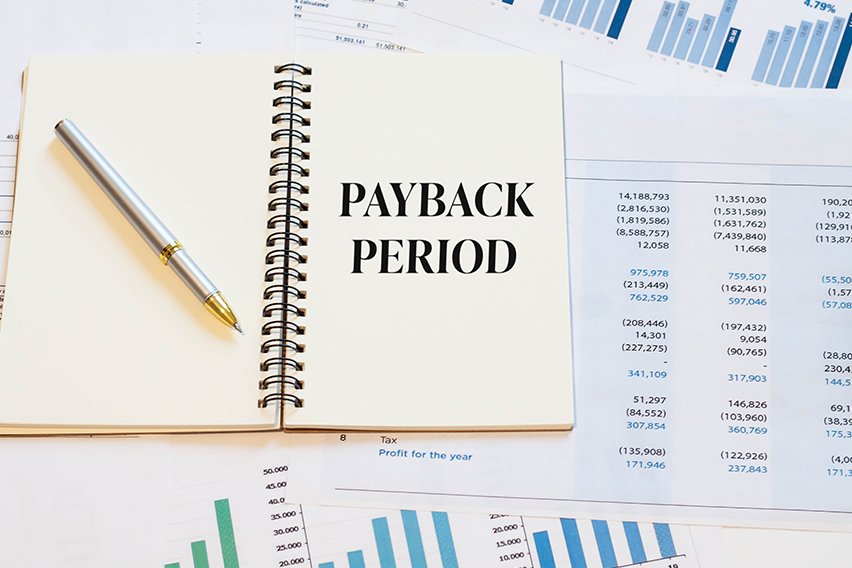 What Is a Payback Period? How Time Affects Investment Decisions
What Is a Payback Period? How Time Affects Investment Decisions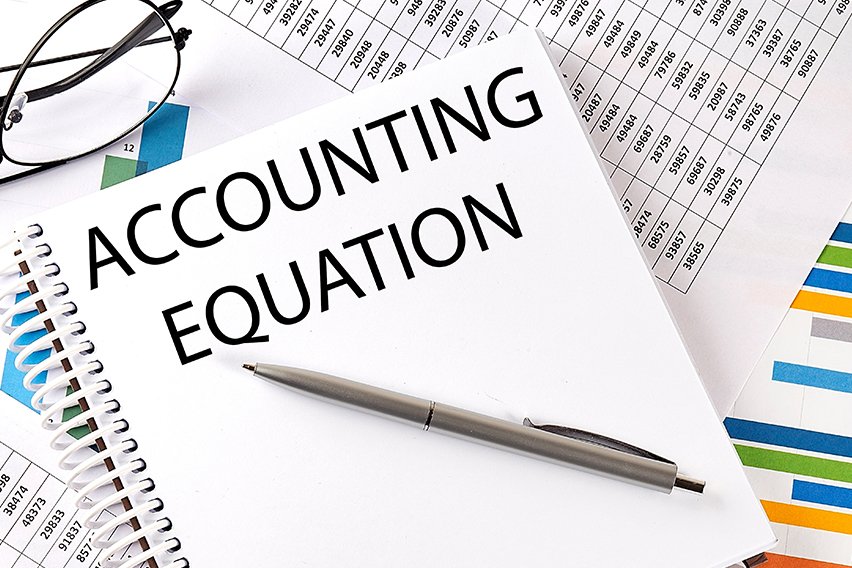 What Is the Accounting Equation?
What Is the Accounting Equation?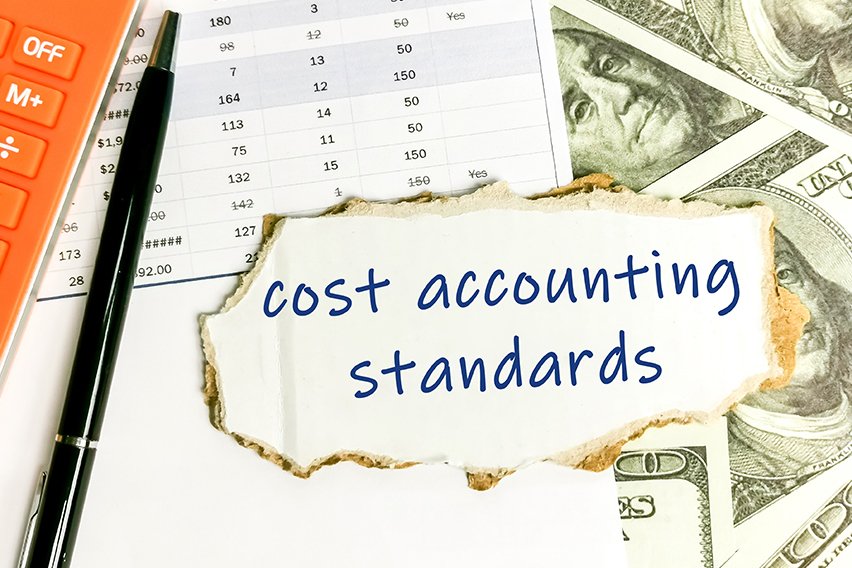 Cost Accounting Standards: They’re Policy for Government Contracts
Cost Accounting Standards: They’re Policy for Government Contracts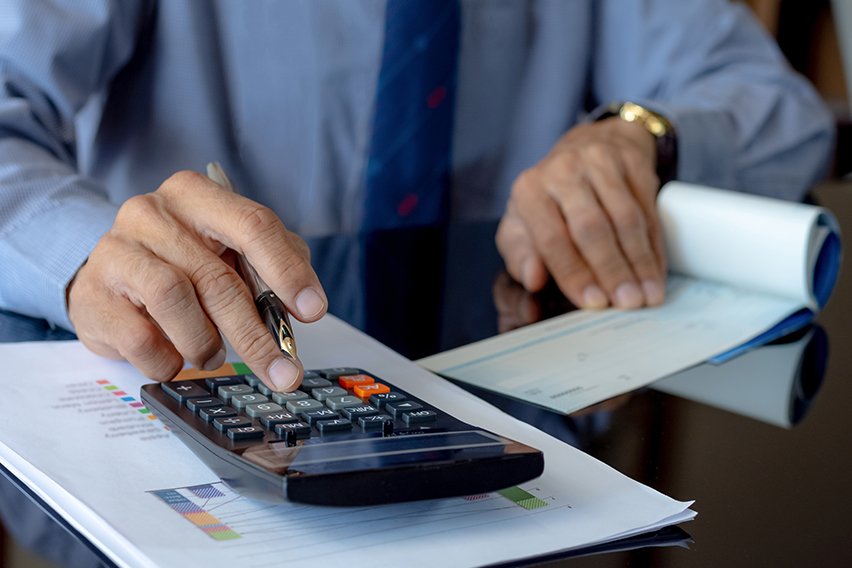 How to Balance a Checkbook?
How to Balance a Checkbook?